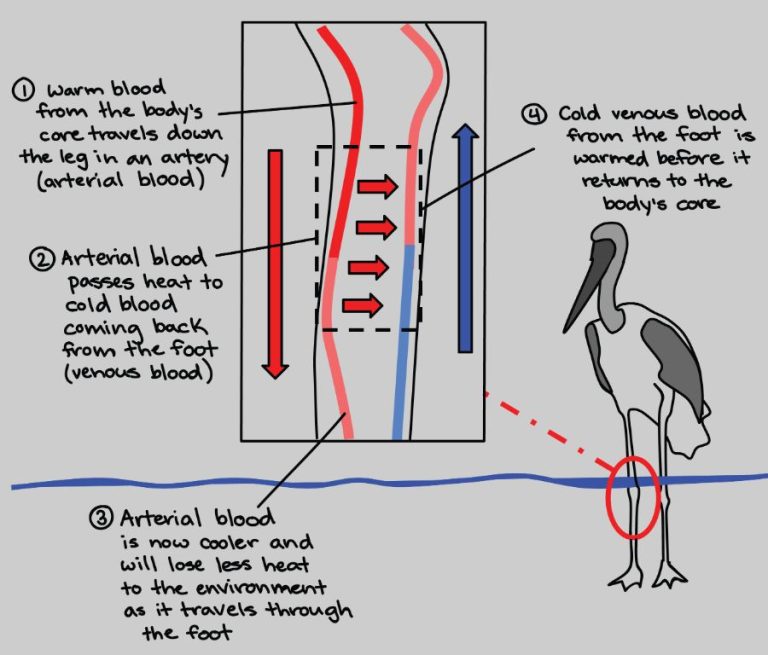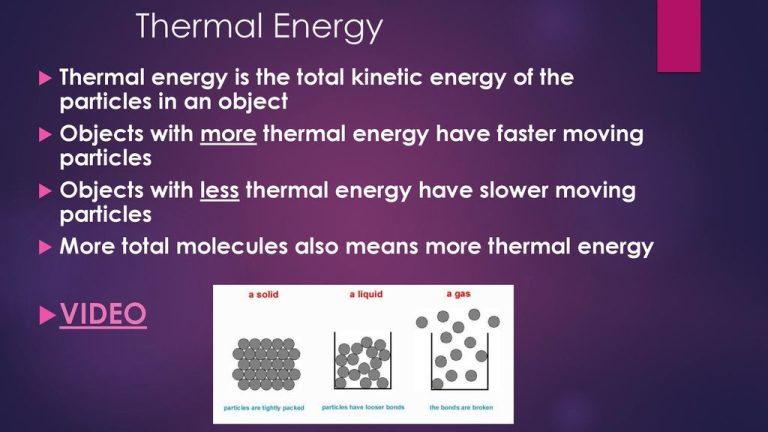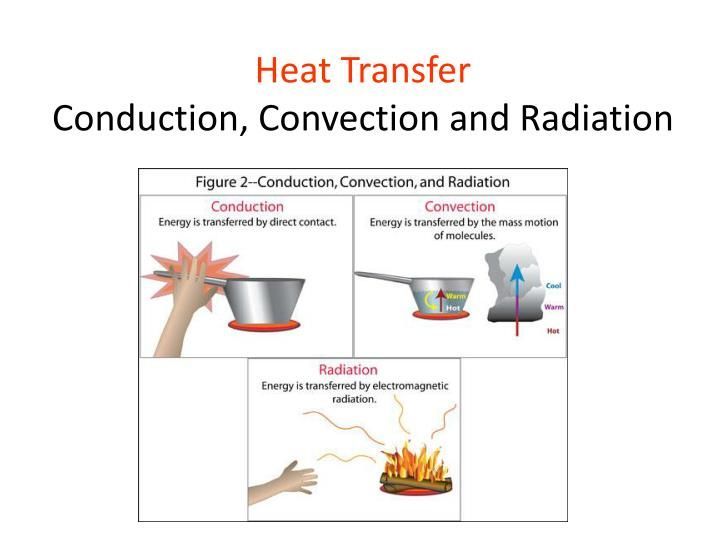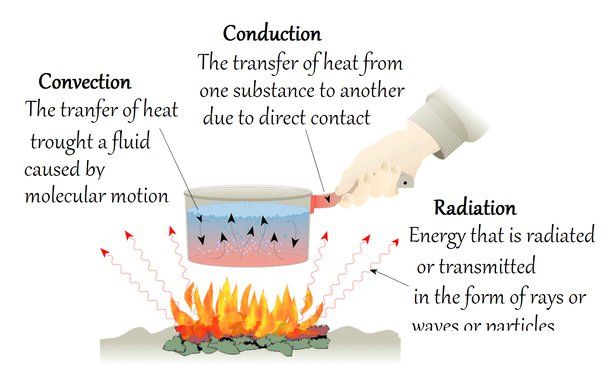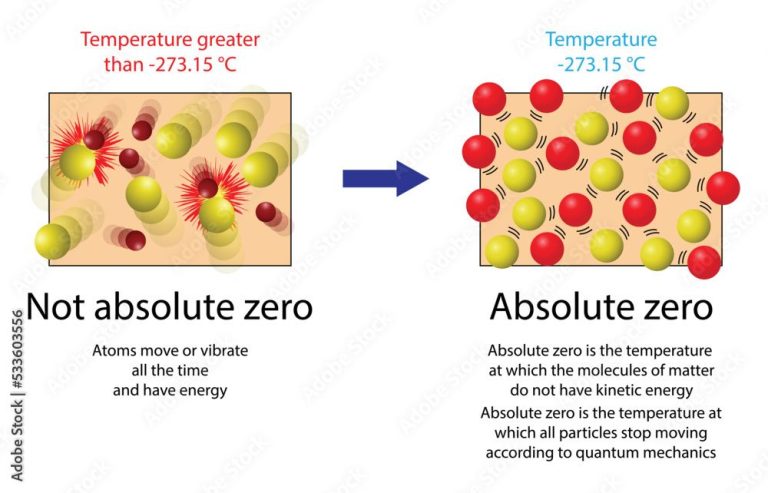What Is A Thermal Weather?
What is Thermal Weather?
Thermal weather refers to atmospheric conditions that produce rising pockets of warm air known as thermals or thermal lift. Thermals form when the sun heats up the ground, causing the air above it to warm as well. As this warm air begins to rise, pockets of lift form that gliders, birds, and other aircraft can ride to gain altitude.
The formation of thermal lift is dependent on having a sufficiently strong temperature gradient in the atmosphere. This requires having cool air above a warm surface. As the sun’s radiation strikes the ground, it warms the surface and the air directly above it. This air becomes less dense than the surrounding air and bubbles upward in columns, creating the rising motion of thermals. The greater the temperature difference between the warm surface and the cooler air above it, the stronger the thermals will be.
Thermal weather allows soaring birds and aircraft like gliders to climb and remain aloft without flapping wings or engine power. Pilots and birds can use thermals to gain hundreds or even thousands of feet of altitude. Thermal lift is a major factor determining where and when soaring flight is viable. Monitoring thermal weather and forecasts is crucial for pilots and birds attempting to soar and gain altitude from these rising columns of warm air.
How Thermal Lift Forms
Thermal lift forms due to uneven heating of the Earth’s surface. As the sun shines down, it heats the ground, and that heat is then transferred into the air above it. However, the heating is not uniform. Things like slope variations, differences in surface color and texture, and moisture levels can all affect how readily the ground absorbs heat.
Areas that heat up more quickly, such as bare soil, plowed fields, rocky outcrops, asphalt roads, and sun-facing slopes become “heat islands.” The air above these spots gets warmer relative to the air above cooler surroundings. Warmer air is less dense than cooler air at the same altitude. This difference in density leads to a buoyant updraft as the warmer, less dense air rises through the cooler, denser air around it. This rising column of warm air is called a thermal.
Factors like humidity, wind speed, and temperature inversion strength also play a role in thermal formation. Higher humidity reduces thermals, while wind mixes the boundary layer of air and can break up thermals. Strong inversions prevent thermals from forming through a deep layer of the atmosphere. More ideal thermal conditions occur with sunny skies, dry air, light wind, and a minimal inversion layer.
Effects on Glider and Paraglider Flying
Rising thermal air currents provide glider and paraglider pilots the lift they need to fly and soar through the sky. Thermals occur when the sun heats up the ground, causing bubbles of warm, rising air. The best thermal conditions occur on sunny days with little wind over land areas with contrasting terrain like flat fields next to hills or mountains. The uneven heating of the landscape creates thermals for gliders to ride and gain altitude. Light winds under 10 mph are ideal, as stronger winds can break up the smooth flow of thermal columns. For glider pilots, a thermal lift of 3-5 meters per second provides adequate lift for soaring flight. Thermals typically form between mid-morning through late afternoon as the ground warms up. Knowing how to locate and utilize thermals is an essential skill for glider and paraglider pilots to achieve longer flights.
Effects on Soaring Birds
Many birds rely on thermal updrafts to gain altitude and use them to their advantage. Thermal lift allows birds to soar upwards without flapping their wings, saving energy. This allows some birds like hawks, eagles, vultures, and pelicans to stay aloft for hours, surveying the landscape below for food.
Migratory birds like hawks, storks, and vultures depend on thermal updrafts to help carry them over long distances during their seasonal migrations. By riding the rising warm air, these birds can travel hundreds or even thousands of miles over land or water with less effort. Thermals allow migrating birds to conserve energy as they make their long journeys between their breeding and wintering grounds.
Birds will often circle inside thermals to gain altitude. They tilt their wings to make tight turns within the rising column of warm air. Birds of prey like hawks and eagles will gain height in a thermal and then glide off to survey the ground for prey. Vultures and other scavengers use thermals to ascend rapidly to scan the landscape for food. Overall, thermal lift provides an indispensable tool for soaring birds to migrate long distances and search wide areas for sustenance.
Effects on Hang Gliding and Paragliding
Thermal lift is essential for hang gliding and paragliding. Pilots rely on rising warm air thermals to gain altitude without needing any engine power. Thermals allow hang gliders and paragliders to remain airborne for hours and travel long distances by hopping from one thermal to the next. The best weather conditions for finding strong thermals occur on sunny days with little wind. The sun heats the ground, which in turn warms the air above it. This causes bubbles of warm air to rise up and create updrafts that the pilots can ride to higher elevations. Light wind is ideal because strong gusts can break up the smooth flow of air, making the thermal more turbulent and difficult to soar in. Hang gliding and paragliding enthusiasts monitor weather forecasts closely for indicators of ideal thermal conditions to plan their flying days around.
Effects on Sailplane Flying
Thermals allow sailplanes to soar without using their engines. When thermals rise up from the ground, they create strong updrafts. Sailplane pilots can ride these rising currents of warm air and gain altitude without powering their aircraft. This allows sailplanes to stay aloft for hours, flying long distances using the energy from thermals. As expert sailplane pilots detect thermals using visual cues or onboard technology, they turn their aircraft to circle tightly within the thermal’s column of rising air. This circling within thermals enables the sailplane to rapidly gain hundreds or thousands of feet of altitude that can then be used to glide to the next source of lift. So thermals serve as a free and renewable energy source for sailplanes. Without the lift provided by thermals, sailplanes would be unable to stay airborne for extended durations and would be limited to relatively short glides.
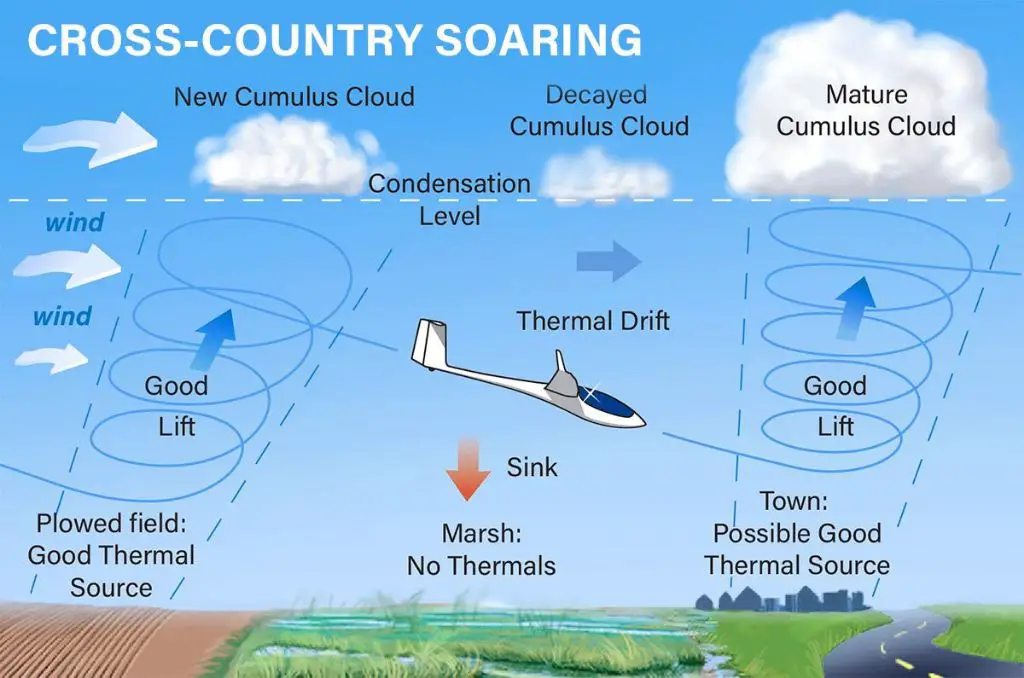
Effects on Hot Air Balloons
Thermals can create unpredictable wind patterns for hot air balloons as the rising columns of warm air interact with surrounding winds. As a hot air balloon ascends, it may get caught in a thermal, creating a sudden updraft. This can make controlling the balloon’s altitude more difficult.
Thermals also pose challenges when a hot air balloon is attempting to land. As the balloon descends, it can get pushed back up by hitting a thermal, making for a bumpy and unpredictable landing. The pilot needs to be cautious of thermals near the ground and time the landing carefully between cycles of rising air. Otherwise, the balloon may get lifted back up right as it is about to touch down. This can prolong the landing process and cause the balloon to drift beyond the intended landing zone.
In summary, thermals create additional hazards for hot air balloon pilots. The columns of rising air can make altitude control and landing more difficult. Pilots need to be constantly aware of potential thermals, especially near the takeoff and landing sites.
Forecasting Thermal Weather
There are a few different techniques pilots and meteorologists use to forecast thermal weather conditions and predict areas of likely thermal lift:
Monitoring Heating Patterns: As the sun heats up the ground each day, the resulting pockets of rising warm air create thermals. Monitoring heating patterns involves looking at temperature changes throughout the morning and around midday to identify when and where the ground is warming most rapidly. This often occurs over bare land and sandy or rocky areas which heat up quicker than vegetation or water.
Humidity Levels: The amount of moisture in the air affects thermals. Lower humidity allows for stronger thermal formation and development. High humidity reduces thermal strength and makes them harder to use for gaining altitude.
Wind Speeds: Light wind conditions, between 5-15 mph, are ideal for thermaling. Higher winds disrupt thermals and shear them apart before they can be fully utilized for lift. Gusty and turbulent winds also make soaring and gliding more challenging.
Weather Models and Forecasts: Modern weather prediction models factor in heating patterns, humidity levels, and wind conditions to forecast areas of likely thermal formation. Thermal indexes are often provided showing the time of day and locations offering the best soaring conditions. Reading regional and local weather forecasts tailored for aviators can highlight upcoming days favorable for thermaling.
Safety Concerns with Thermals
Thermals can pose some safety risks to pilots despite providing lift. The primary risks are related to the turbulence that thermals create from varying winds as they rise and fall. At the top of the thermal, winds can shift suddenly as the upward moving air hits the boundary where it spills out horizontally. This turbulence can lead to an unexpected loss of lift or even cause a stall if the pilot is not prepared.
As thermals rise from the ground, they also drag horizontal winds up with them. This can create swirls and mixing of wind directions inside the thermal column. Flying through such turbulence requires active control inputs from the pilot to maintain control. The varying winds inside a thermal make it harder to feel what the aircraft is doing.
Stalls are a particular concern near the top of the thermal. As the thermal reaches the inversion layer and spreads out horizontally, lift abruptly decreases. Pilots climbing sharply to stay centered in the thermal’s peak can suddenly find themselves stalling and falling out of the sky with little warning. Careful attention to airspeed is essential to avoid stalling near the thermal tops.
In summary, while thermals provide free altitude for gliders, pilots must be cautious of the turbulence and wind shifts they create. Situational awareness and airspeed control are key to thermal flying safety.
Notable Thermal Lift Locations
Certain geographical areas are renowned among aviators for their excellent thermal lift conditions. These locations enable extended soaring and are popular sites for hang gliding, paragliding, and sailplane activities. Some of the most famous thermal soaring locations include:
Torrey Pines – The coastal cliffs of Torrey Pines in San Diego, California are considered one of the premier soaring sites in the United States. Rising air currents along the oceanside cliffs provide smooth and consistent lift for gliders. The stable weather patterns lead to excellent soaring conditions throughout much of the year.
Owens Valley – This high desert valley along the eastern slope of the southern Sierra Nevada range in California is a top soaring destination. The valley’s shape and consistent winds produce strong thermals along the steep mountain slopes, allowing gliders to soar at high altitudes.
Chelan Butte – Located in central Washington state, Chelan Butte is a flat-topped hill known for its world-class hang gliding and paragliding flights. Thermals regularly rise to over 6000 feet above the butte, helped by the nearby Columbia River.
Interlaken – The mountainous regions of the Swiss Alps in Interlaken provide excellent soaring conditions, especially during summer months. Gliders ride thermals upwards from the valleys below the Eiger, Mönch and Jungfrau mountains.
From Torrey Pines to the Swiss Alps, these sites and numerous others around the world provide prime thermal lift locations for aviators seeking extended soaring flights. Their geography, topography, and weather patterns create the perfect conditions for riding rising air currents.

